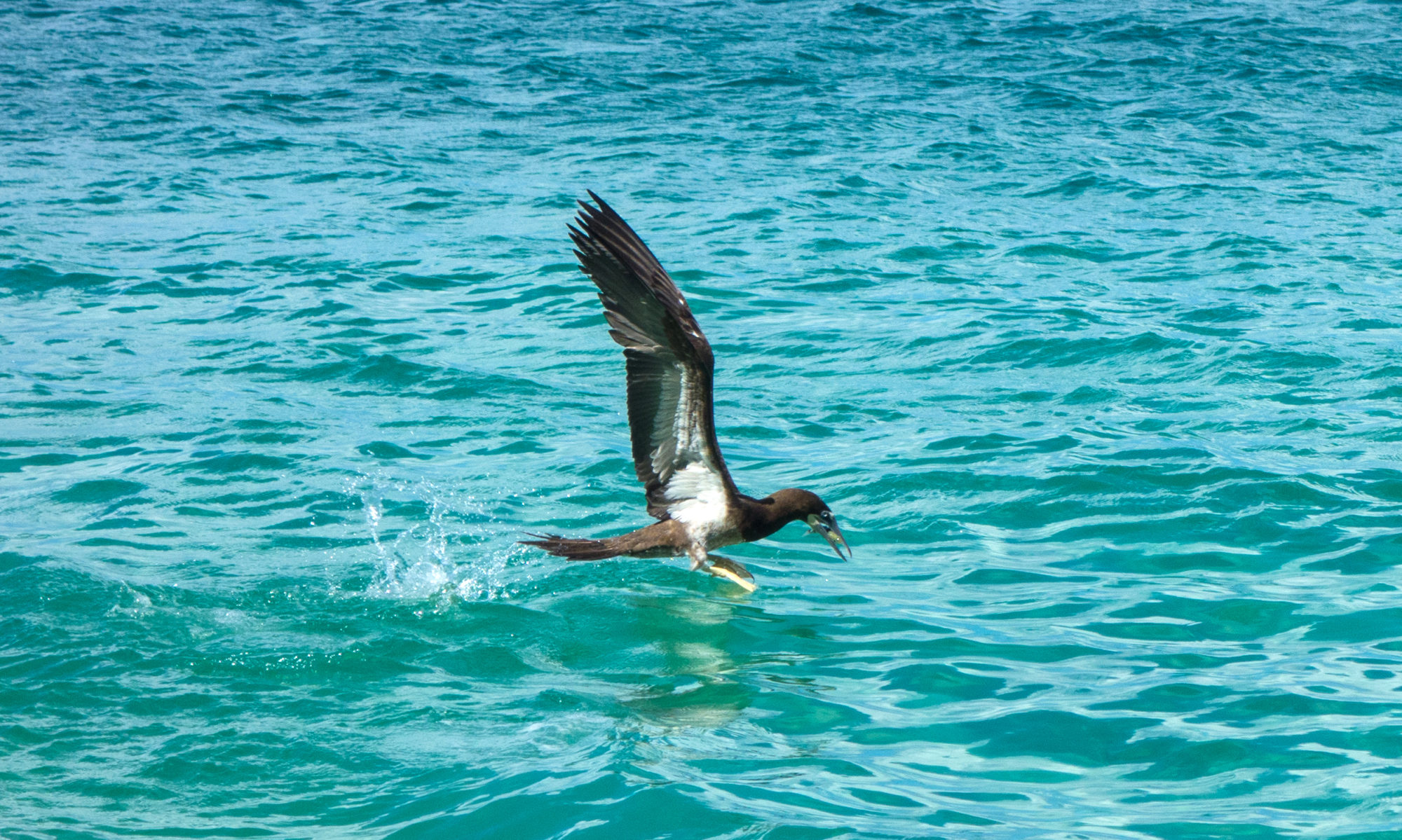I saw my very first iguana in a pet store when I was quite young, and was immediately fascinated by the cute, long-tailed reptile. Furry or feathered pets were not allowed in our house because of my allergies, but (much to my mother’s horror) a scaly lizard was deemed safe. With birthday money in hand I proudly bought the baby iguana, and named him “Dino”. Dino was the name of Fred Flintstone’s dog, and as my iguana looked like a tiny, pre-historic creature I felt the name suited him well. Alas, Dino was eaten while we were at the cottage; a predator, most likely a racoon, tipped his box over and my little reptilian pet was gone, gone but never forgotten!

Many years later I moved to Bequia, and discovered that my love for iguanas had never waned. I see the reptiles often, and they never fail to bring a smile to my face, especially when they rise up on their hind legs and run. It’s quite common to spot them at Lower Bay Beach, sunning themselves in a tree, or on top of the galvanized roof at De Reef. I have seen them at Hope Beach too, looking for all the world like dinosaurs as they run across the sand. The large lizards are colour-variable, which means they are able to blend in with their surroundings, and this can make them rather hard to spot. Iguanas are also very agile, and will disappear quickly if startled.

Iguanas are cold-blooded creatures, and seek out warm places in order to bask in the sun. The ones I see on Bequia are usually green, ranging from a bright lime colour to a duller, olive-like hue, but there are light-brown iguanas too, it all depends on what colour they have chosen to be! Their tails are long, making up more than half of their overall length, and they are able to break and re-grow these “whips” at will. Trying to catch an iguana by the tail will doubtless end in frustration, the crafty lizard will simply drop the part that has been grasped and make a fast escape. Iguanas tend to mate during the dry season so that the young hatch in the wet season when food is abundant. The male iguana has a dewlap under his chin which can be enlarged when he nods his head, and because the ladies find the engorged dewlap attractive, he fans it out during courtship. The dewlap is also used to intimidate predators and to regulate the iguana’s temperature.

There are several iguanas on our property at Belmont. A large male has made the farm section his home, and lives unmolested amongst the sheep and goats. A new puppy was recently introduced to the menagerie, and after a lot of excited yipping he has decided to accept the iguana’s presence. Our two cats visit the farm as well, and watch the large lizard warily from a distance; he’s a pretty big fellow and, unlike the smaller lizards the cats hunt daily, his formidable size protects him.

On several occasions my husband has rescued iguanas from the jaws of our front-yard dogs. Each and every time I have been convinced that the poor creature is dead, and have watched sadly as the limp reptile is laid on the pond wall in the courtyard. Nik only laughs, he knows the iguana is simply faking death, and will take off once he feels it is safe to do so. I am never convinced, the animal doesn’t seems to be breathing (iguanas are able to hold their breath for thirty minutes), neither does it react when touched, but I have learned after many such episodes that Mr. Iguana is quite the actor!

I have also learned that iguanas can’t be very bright. After a few dramatic rescues from the jaws of our big dogs, it has become obvious that we are saving the same battle-scarred iguana over and over again; after being taken away from two dogs intent on a deadly game of tug-of-war, he has gone back for more. That’s just plain dumb!




thank you for the article